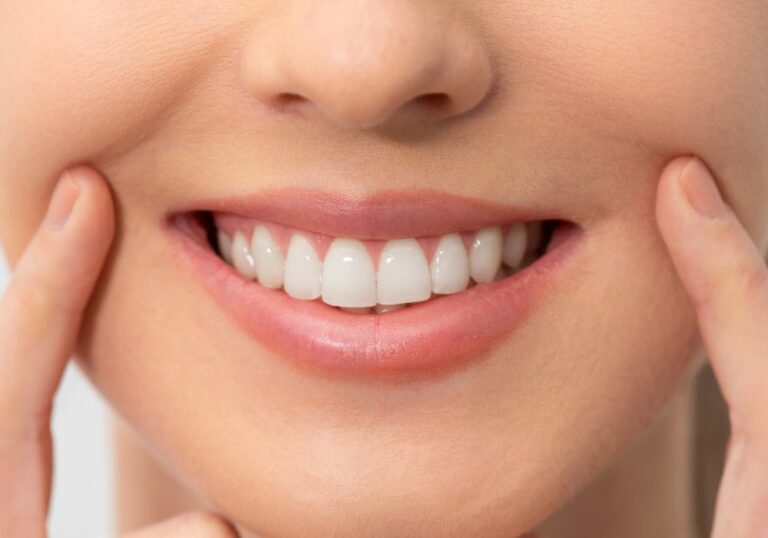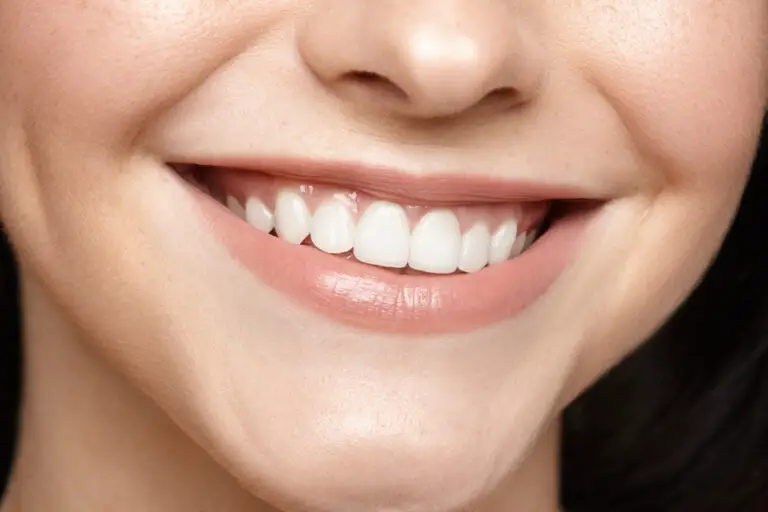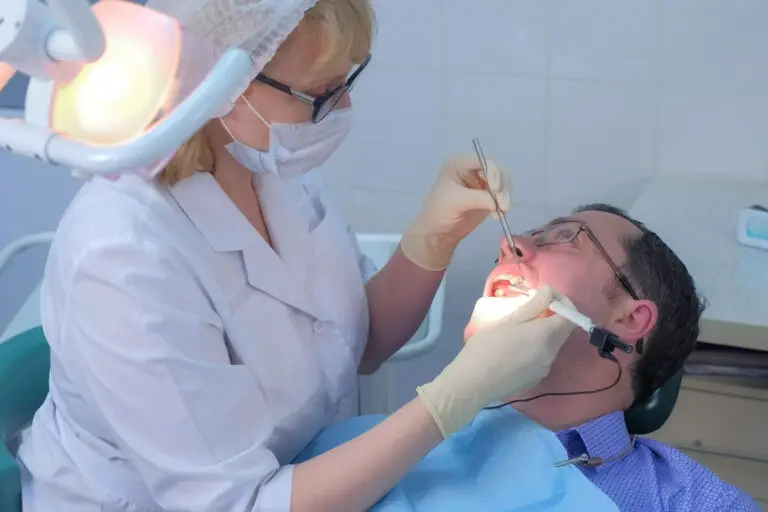Overview of gum recession and its causes
Gum recession, also known as gingival recession, occurs when the margin of the gum tissue surrounding the teeth wears away, exposing more of the tooth surface. This can happen for a variety of reasons:
Aggressive brushing
Brushing too hard and using abrasive toothpaste can cause the enamel at the gumline to wear away. Over time, this causes the gums to recede.
Periodontal disease
Bacterial infections that damage the soft tissue and bone supporting the teeth can cause gums to recede. Periodontal disease is the most common cause of gum recession.
Poor oral hygiene
Not brushing and flossing regularly allows plaque to build up along and under the gumline. This can cause inflammation and infection that damages the gums.
Genetics
Some people are just prone to thinner gum tissue that recedes more easily. Genetics can make gums more susceptible to receding.
Smoking
Chemicals in cigarette smoke can damage gum tissue and weaken the supporting structure of the teeth. Smokers have a higher risk of gum recession.
Clenching or grinding
Clenching or grinding your teeth puts excessive force on the teeth and can pull the gums down. This can thin the bone and cause recession.
Misaligned teeth
Crooked teeth, gaps between teeth, and ill-fitting bridges or crowns can make the gums more susceptible to receding.
Aging
As we age, gums may naturally recede slightly as the collagen structures in the gum tissue weaken over time.
Can gums grow back?
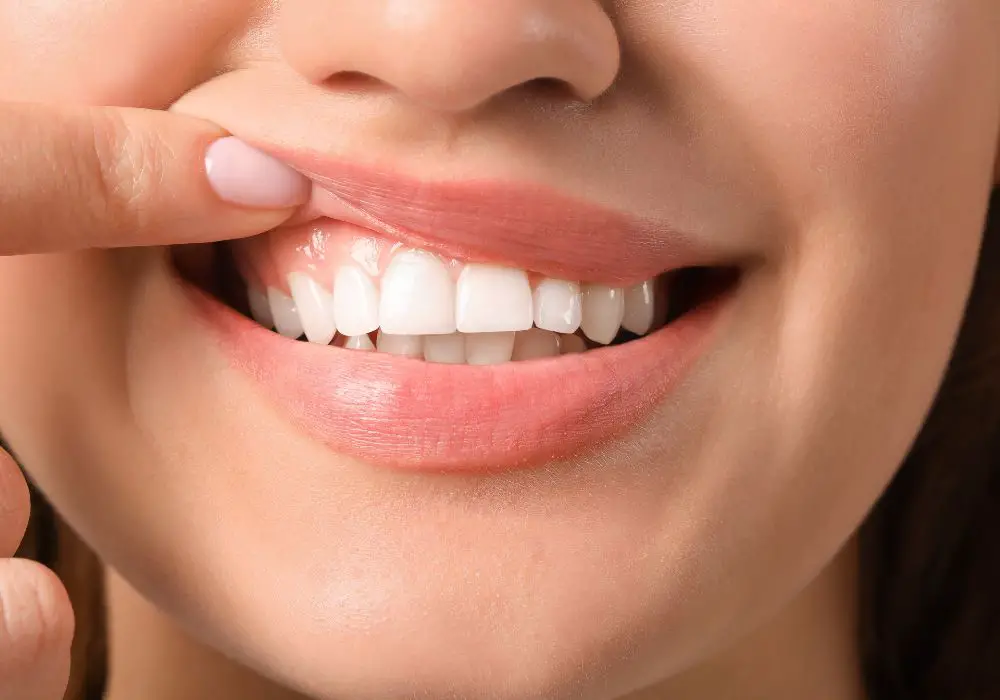
Once gum recession occurs, it is generally irreversible. The gum tissue has no ability to regenerate or grow back down over the exposed tooth and root surface.
However, it is possible to prevent further gum recession and regrow some of the lost soft tissue in mild to moderate cases. Treatments aim to regrow a thin layer of gum over the exposed root surface for improved aesthetics and to reduce sensitivity. But severe gum recession is difficult to treat, and lost tissue cannot be completely regrown.
Here are some key points about gum regrowth:
- Gums cannot reattach themselves back to the tooth once disconnected. The attachment is permanently lost.
- Partial root coverage is possible in some cases through gum grafting surgery. This adds gum tissue from another part of the mouth.
- New gum regrowth is usually only 1-2mm and does not cover the entire exposed root.
- Teeth that are loosening or detached from bone due to gum recession are unlikely to fully reconnect.
- Good oral hygiene is crucial for treating gum recession and preventing further loss.
Treatments to help gums reattach
While gums can’t fully reconnect to teeth after recession, there are treatments that can help regrow a thin layer of gum tissue over the exposed roots. Here are some of the most common options:
Gum grafting surgery
A gum graft involves taking a small amount of tissue from the roof of the mouth or from donor tissue and stitching it over the exposed root. This adds gum tissue and can cover 1-2mm of exposed roots. With multiple procedures over time, more root coverage is possible.
Guided tissue regeneration
This treatment places a small piece of mesh between the gum and tooth. As the gums heal, new tissue grows under the mesh to cover the root. It helps regenerate a thin layer of gum over recession.
Enamel matrix derivative
This gel derived from proteins in developing tooth enamel can be applied to the affected tooth root. It stimulates cells to regenerate gum tissue and can enable partial reattachment.
Laser therapy
A soft tissue dental laser removes damaged gum tissue and disinfects the area to encourage new tissue growth and collagen production. Multiple treatments can help regrow gum.
Oral hygiene and dentist visits
Proper brushing with soft bristles, flossing, using antiseptic mouthwash, and seeing a dentist regularly for cleanings can all help stabilize recession and regrow a bit of gum over the root.
Likelihood of gum regrowth success
The potential for gums to regrow depends on the severity of the gum recession:
- Mild recession (1-3mm): Highly likely to achieve partial regrowth and cover exposed roots with grafting.
- Moderate recession (4-6mm): Good chance of some regrowth with grafting and multiple regenerative treatments over time.
- Severe recession (7mm+): Grafting may only achieve 1-2mm of regrowth. Root likely to remain partially exposed despite treatment.
- Gums detached from tooth: Nearly impossible to reconnect gums. Can only prevent further recession.
- With moderate to advanced periodontal disease: Treatment is aimed at halting disease progression, unlikely to achieve much regrowth.
Factors like maintaining excellent oral hygiene and not smoking also improve the chances of gum regrowth after recession.
Maintaining gum health after recession
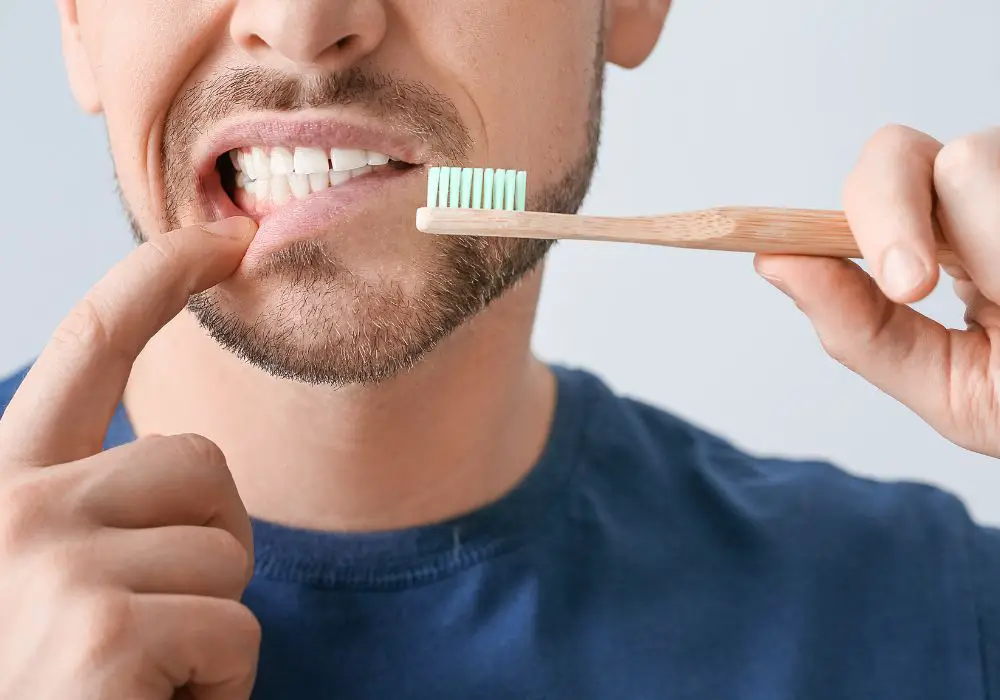
Once you have gum recession, it’s important to take steps to prevent it worsening and protect tooth roots from decay or sensitivity. Recommendations include:
- Brush gently with soft bristle toothbrush and use non-abrasive toothpaste
- Focus brushing on tooth surfaces and avoid scrubbing gums
- Floss very carefully along gum margins
- See your dentist regularly for cleanings and gum evaluation
- Use an antiseptic mouthwash to reduce bacteria around receded gums
- Apply fluoride toothpaste or gel to exposed roots to strengthen enamel
- Get prompt treatment for any signs of infection like swelling or pus
- Stop smoking if you use tobacco products
- Manage health conditions like diabetes that affect gum health
With diligent oral care after gum recession, you can help prevent significant further recession and bone loss. But gums cannot grow back completely once receded. Treatments aim to regrow a protective layer but not fully restore lost gum tissue.
Frequently Asked Questions
Can receding gums attach back to my teeth?
Once gum recession occurs, the gum attachment to the tooth is permanently lost. No treatment can stimulate gums to reattach themselves and grow back down over exposed tooth roots. However, procedures like grafting can regrow a thin layer of gum tissue for partial root coverage.
What is the best way to regrow gum tissue?
Gum grafting surgery is the most effective treatment for replacing lost gum tissue. By taking some of your gum or using donor tissue, it can be surgically attached over exposed tooth roots to regenerate a thin layer of gum over recession. Proper oral hygiene helps maintain the new gum growth.
How much gum regrowth is possible?
Most gum grafting enables only 1-2mm of new gum regrowth over the exposed root surface. In moderate recession cases, multiple grafting procedures over time may achieve 2-4mm of new gum growth. But gums cannot reconnect fully to teeth or regenerate completely after receding.
Can receding gums lead to tooth loss?
Severe gum recession coupled with advanced periodontal disease can cause significant bone loss around teeth. This may eventually lead to tooth detachment and loss. That’s why it’s critical to prevent gum disease progression with thorough oral hygiene and professional cleanings.
What happens if receding gums are left untreated?
Untreated gum recession tends to gradually worsen over time, exposing more root surface. This can lead to increased tooth sensitivity, decay in newly exposed areas, gum infections, and eventually loose teeth. Treating receding gums with grafting and improving oral hygiene helps stabilize areas of recession.
Conclusion
Gum recession that detaches gums from teeth cannot be fully reversed. But in mild to moderate cases, treatments like gum grafting can stimulate some gum regrowth over exposed roots. While gums can’t reattach themselves back to teeth, creating new gum tissue provides protection. Along with scrupulous oral hygiene and regular dental checkups, managing gum recession is important for tooth health and longevity. With early intervention, receding gums can often be stabilized and partially regrown.

